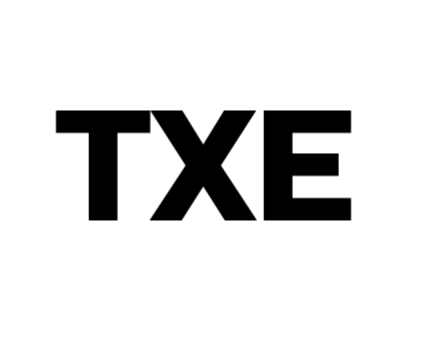In Search of Business-Friendly Regulation
In a time when businesses are more eager than ever to stimulate job creation and compete once again on a global scale, there is an increasing sentiment to give employers more freedom to grow on their own terms.
Federal regulation has been a perennial issue in the relationship between government and business – agencies set rules on everything from pollution and child labor to saccharin and salmon. Even small businesses are affected, primarily in the form of paperwork and bookkeeping requirements that can snowball into serious drains on time and expenses.
In response to these concerns, the current administration is showing signs that it intends to help create a more flexible environment.
President Barack Obama outlined the potential benefits of business-friendly policy in his State of the Union address Jan. 25. “When we find rules that put an unnecessary burden on businesses, we will fix them,” he said. “But I will not hesitate to create or enforce commonsense safeguards to protect the American people.”
The comments came a week after Obama issued an executive order calling on federal agencies — including the Environmental Protection Agency, the Department of Labor, and the Department of Transportation — to conduct a thorough review of their existing regulations to determine whether any need to be “modified, streamlined, expanded, or repealed.” Each agency must submit a preliminary plan to the Office of Information and Regulatory Affairs within four months.
Same Spirit, New Approach
Veronica Stidvent, former assistant secretary for policy at the U.S. Department of Labor during the George W. Bush administration, says the call to review federal regulations is business as usual for a new president.
”Any time a new president takes office, they take that opportunity to look at all of the executive orders and see if there are some that they need to tweak or rescind and replace,” says Stidvent, now a lecturer in the Department of Business, Government and Society at the McCombs School of Business.
Obama’s mandates could help reassure conservatives and members of the business community who have accused the president of failing to help spark a rebound in the private sector, Stidvent says.
“Obama has been under a lot of criticism for being anti-business,” she says. “This basically says they’re taking the smart regulatory approach to protect the economy, to be mindful about stakeholder interests, and to be particularly sensitive to small business issues — including the cost of regulatory compliance on small business.”
She says Obama’s updated executive order — which builds on an order originally put in place in 1993 by the Clinton administration and carried over into Bush’s tenure — is similar to its predecessors but calls for a more comprehensive overhaul of regulatory policy than in the past. Under Bush, rather than sifting through every rule, agencies prioritized specific issues based on comments from industry stakeholders.
“This is a new, across-the-board concept,” Stidvent says. “Some agencies have been doing [periodic reviews], but this really mandates that they take a targeted look at it and report back about what they’re doing in that regard.”
In addition to the mandate for comprehensive review, Obama’s order was also notable for its explicit call to improve transparency in the regulation process. Agencies will now be required to post documentation of proposed rule changes to the website Regulations.gov and allow the public to comment online for at least 60 days. Several agencies have already been using the site, but this month’s order is a step toward making that a standard practice.
Costs of Regulatory Review
Obama’s directive for a comprehensive review of all regulations is likely to turn up several that need updating, but there could be a price to pay for such thoroughness, Stidvent says.
“Reviewing all the regulations on the books can be very difficult and not always the most cost-effective way of dealing with things,” she says.
Agencies already have to estimate how much it would cost businesses to comply with new regulations. The agencies also must identify all possible alternatives to direct federal regulation, such as financial incentives, and give rationale if any of the alternatives are rejected.
Proposed regulations are also being challenged and reviewed more frequently than they have been before. A recent Bloomberg Businessweek report found that the EPA has conducted an average of 20.5 major reviews per year during Obama’s tenure, compared with 10.8 annually under George W. Bush. Each reexamination of the regulations adds to the agency’s overall expenses.
Change Takes Time
Revisions to existing policies will not go into effect all at once, and while some changes might bring relief to businesses, others could impose new requirements. It could take time for companies to adjust.
“At the same time that they are reviewing existing regulations, they’ll be promulgating new regulations. And so while you might shave some costs off the old ones, you might impose some new ones,” Stidvent says.
She also cautions that companies are unlikely to see direct benefits of the regulatory overhaul right away.
“Economists estimate the costs of regulations in the trillions of dollars. When you’re talking about that order of magnitude, trying to be smarter about those costs and who bears those costs can be a significant boost to the economy,” she says. “But it has to be done in a careful way, and it doesn’t happen overnight.”

